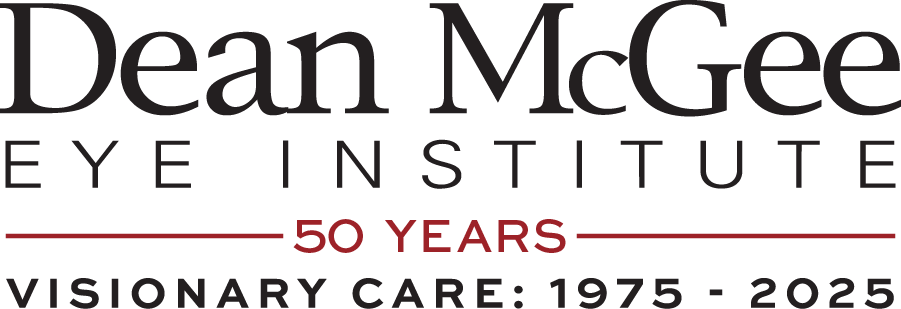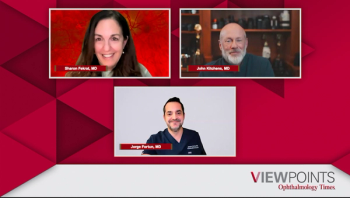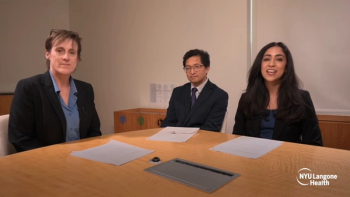
|Videos|May 4, 2022
Standard keratometry values perform better compared to total keratometry values in eyes undergoing concurrent cataract surgery and DMEK
Author(s)Asher Khan, BS

Results concluded that K did better than TK in a variety of situations.
Advertisement
The study, “Accuracy of Multivariable IOL Formulas Using K and TK in Eyes. Undergoing Combined Cataract Surgery and DMEK," was presented by Asher Khan, BS, a research fellow at Dean McGee Eye Institute.
This retrospective review assessed and compared the accuracy of IOL formulas using K and TK values in eyes undergoing concurrent cataract surgery and DMEK.
Result takeaways:
- K did better than TK
- “Adjusted” K-6 performed the best
- Multivariable formulas (Kane, K-6, EVO, and DGS) performed strongly
- SRK/T also had a relatively strong performance
- Haigis and Barrett did poorly with TK values
Conclusions:
- IOL calculations remain challenging in combined phaco/DMEK eyes
- Every formula performed better with K than with TK
- Multivariable formulas (Kane, K-6, EVO, and DGS) with K values performed the best
- While TK values can be helpful in other eyes (such as KCN or post-refractive), we advise that surgeons utilize K values when performing combined Phaco/DMEK surgery
"Use K when doing phaco/DMEK, K?" - Asher Khan, BS
Newsletter
Don’t miss out—get Ophthalmology Times updates on the latest clinical advancements and expert interviews, straight to your inbox.
Advertisement
Latest CME
Advertisement
Advertisement
Trending on Ophthalmology Times - Clinical Insights for Eye Specialists
1
STAAR Surgical terminates proposed acquisition by Alcon
2
FDA grants Breakthrough Therapy Designation to Oculis’ privosegtor for optic neuritis
3
Long-lived Greenland sharks may point to new approaches for retinal disease
4
IRIS Registry data mined for understanding of pediatric NK
5












































